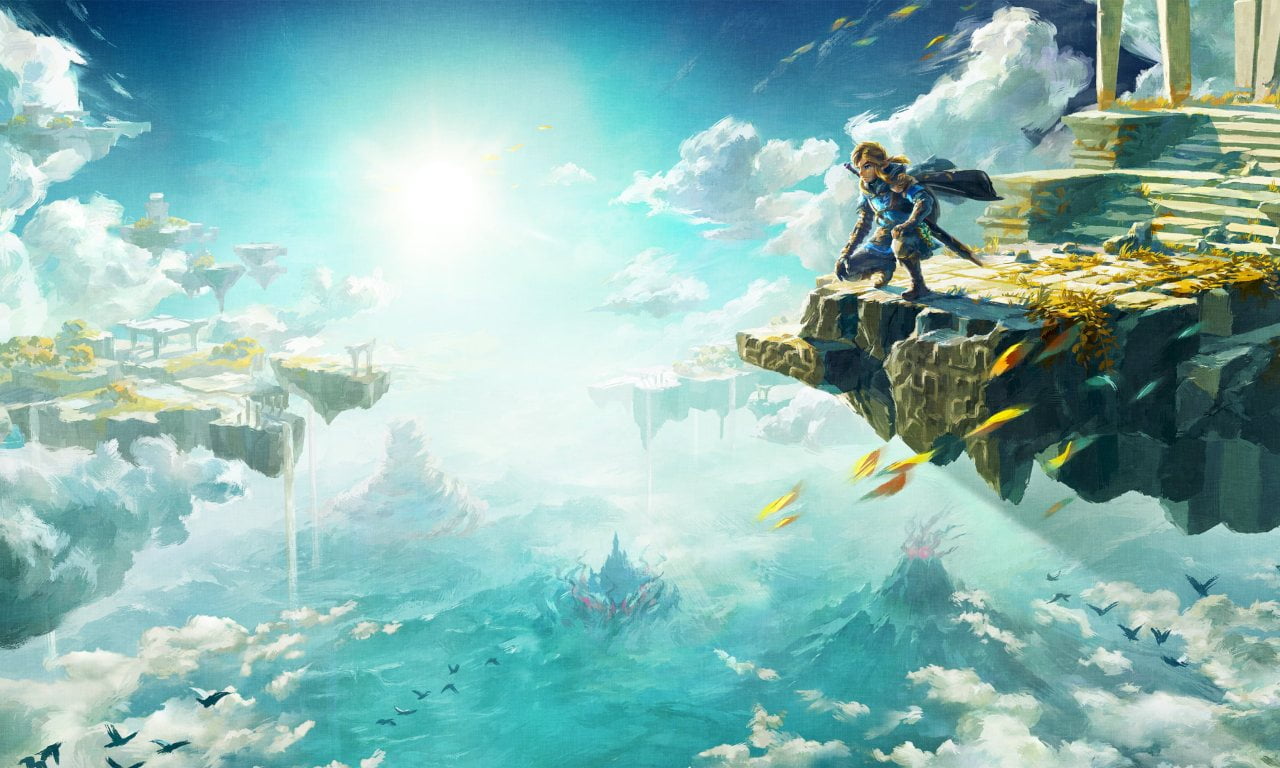If you thought Breath of the Wild was the pinnacle of the Zelda franchise, wait until you play The Legend of Zelda: Tears of the Kingdom. This new installment combines the best parts of Zelda’s history and turns them into something exciting and new. This new Zelda game is something else. It leaves you feeling fulfilled and touched like no other game does.
Before, Breath of the Wild changed things for Zelda and brought a fantastic world for you to explore at your own pace. That was a shoutout to the classic Legend of Zelda and its sense of freedom on the Nintendo. Tears of the Kingdom builds on that open-world element, but there’s something a bit different about it that you can feel. It’s not just a simple copy-paste; the map is packed with fresh places to explore and roam around in the environment. You never know what’s waiting for you around the next corner or over the next hill. The soundtrack adds to Hyrule’s calm but lively vibe. It ramps up the excitement during intense battles with a spirited version of the refrain, then gently soothing you into slumber afterward.
Tears of the Kingdom stands out from the last game because you have so much more freedom with your tools when exploring the world. Like in Breath of the Wild, where you get four key abilities on the Great Plateau before exploring the wide open world, Zelda: TotK also has its own introductory tutorial. The four abilities you pick up here are your gateway to the rest of the game. Tears of the Kingdom shifts the focus from just exploring the wild, like in Breath of the Wild. Instead, it encourages you to get creative and develop unique solutions to your challenges. It’s a natural progression from Breath of the Wild, taking things up a notch and encouraging you to use your creativity to the fullest without overwhelming you.
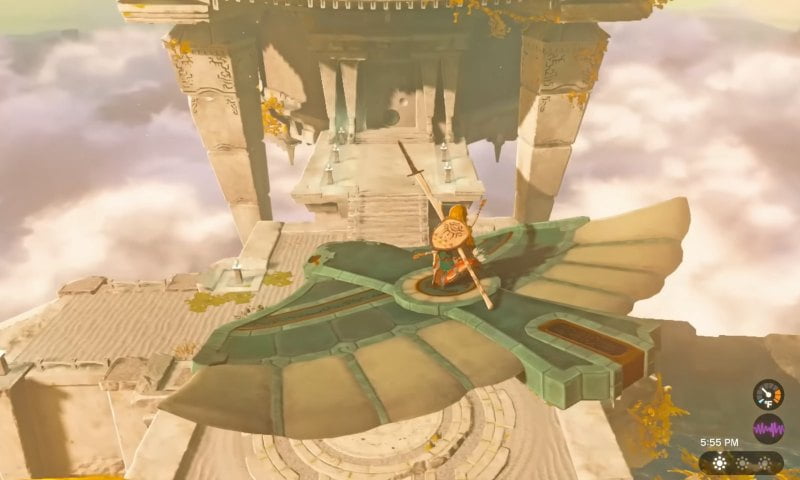
Exploration, the beating heart of the modern Legend of Zelda titles, is taken to a whole new level in Tears. This time, you’re equipped with a brand-new building system, allowing you to piece together your cars, boats, and even flying contraptions. This gives you the freedom to wander the big expanse of Hyrule exactly the way you want. This experience sticks with you, I’ve got to hand it to Breath of the Wild (BotW)—it influenced many games after its 2017 release. But one important factor that appears to have slipped past most is the power of a blank map. Sure, there’s a ton of stuff to do and see, but it’s a lot more exciting when you don’t have a laundry list of tasks to tackle right off the bat. But, Zelda: Tears of the Kingdom equips you with just what you need for the main quest, a handful of pins, and a blank slate of a map, beckoning you to chart your course.
There’s something so satisfying about parachuting down and ticking out interesting landmarks, overhearing people whisper about a hidden gem, or getting lost and stumbling into a mystery are all thrilling experiences. It’s a million times better than being herded from point A to point B. And Nintendo, with its wealth of experience, has faith in us, the players, to uncover the mysteries of the surroundings without hand-holding.
Even though Tears presents the same basic map of Hyrule, it doesn’t look rerun. Not at all! Even for seasoned players who’ve dug deep into Breath of the Wild, exploring this world is still a fresh experience. The timeline for when Calamity Ganon was defeated is unclear in the primary tale, although it has been some time since the Hyrule’s people have been idle. Close to the castle walls is a newly created township that will serve as your main center and expand in stages as you make your way through the game. There’s nothing quite like seeing old faces in new places, right? It’s great to see characters and locations we are familiar with have been tweaked and come with a new light. But the real magic of Tears is the unexpected. It sends you down new paths, to locations you wouldn’t even think to explore.
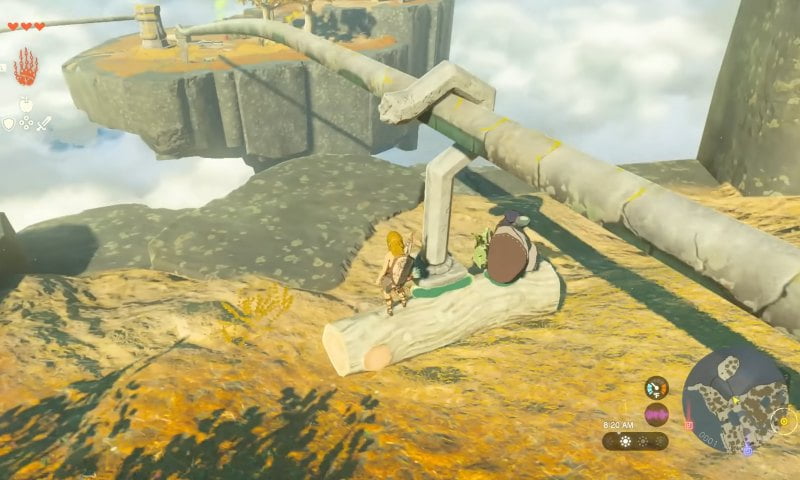
If that’s not enough to get your adventurer’s heart pumping, there’s more. Much more. I won’t spoil the surprise by going into too much depth, but there’s been some…well, Upheaval. Whole regions have been transformed, with strange weather patterns and brand-new terrain springing up. Perfect hiding places for treasure chests and shrines, the main quest nudges you towards many of these revamped regions, but there are more off-the-beaten-path locales I’ve stumbled upon in my hours of gameplay. And, I’m willing to bet there’s still more I’ve yet to uncover.
There is something I can’t miss to discuss and it is Link’s revamped abilities. First, Fuse is the ultimate inventor’s dream that allows you to combine weapons, shields, items, and more. It’s a constant surprise, turning even the most mundane objects, like a rock or a leaf, into something useful. Fuse is a joy because it’s all about experimentation. Item degradation, which some players had a love-hate relationship with, makes a comeback. I gotta say, I’m a fan! It gives everything you pick up a purpose, making you use what you find. And thanks to some fantastic upgrades, managing all your gear is easier than ever. If the thought of abandoning valuable gear makes your stomach turn, rely on the Fuse’s ability to simply combine your things.
Moreover, Ascend is a new ability that lets Link move through ceilings within a specific range. It’s impressive, both in concept and execution. It changes how you traverse the areas, adding a completely new dimension to your exploration. There is also Recall which allows physical objects to travel across time in reverse. It opened up so many possibilities and had me constantly questioning, “Can I do that?” Spoiler alert: most of the time, the answer is a resounding “Yes!” But the absolute star of the show is Ultrahand. Simply put, it lets Link connect the items. I won’t lie, it seemed a bit daunting at first, but once you get the hang of it, you’re basically Hyrule’s top handyman.
Another new ability inclusion is Autobuild, which is easily overlooked but becomes crucial as you gather more machine parts and face tougher challenges. Autobuild is like the upgraded version of Ultrahand, letting you piece together parts for a design you’ve saved or marked as a favorite. Instead of building something you desire from scratch every time, you can build it from materials that you already have, supplementing it as needed with Zonai components.
Crafting in The Legend of Zelda: Tears of the Kingdom is fun no matter what you’re making. This holds true whether you’re making something basic or complex including fans, launchers, and power supplies. It never feels like you’re stuck on a single project for too long. The game usually has a pretty good idea of the outcome you’re going for, so if you hook a steering wheel to a four-wheel body, you’ve got yourself a very decent car. But it doesn’t stop at the basics. You can create some incredibly complex contraptions, and their usefulness in fixing challenges never ceases to amaze and thrill me.
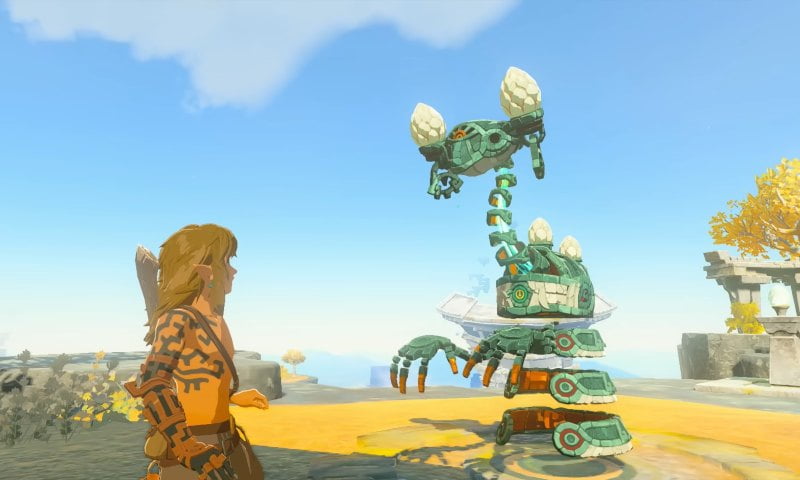
Just as you’d expect from Zelda, the Tears of the Kingdom map is chock-full of notable locations. Key among these are Shrines that serve as quick teleportation spots and even as catalysts for health and stamina upgrades. Like before, these Shrines are little puzzle or combat chambers, easy to digest, and offer a quick challenge. My strategy? Activate them for fast travel, then tackle a bunch of them in one go when I feel up for the challenge.
A new consumable enters the scene too, letting you upgrade your portable power pack, essential for keeping your Zonai machines running. There’s a sprawling underground area where you can illuminate your path with Brightbloom seeds and trigger glowing plants to double up as fast-travel spots. You’ve got three distinct layers of this open world to explore, each with its unique vibe – it gets that adventurer’s spirit in you going.
What sets Tears of the Kingdom apart, even within the franchise, is the flow it creates with these tools and the massive region they’re a part of. More than just figuring out how to go through riddles or fighting off foes; you’re also creating your strategies. Confronted with an impassable chasm, an undefeated rival, or an unsolvable puzzle? Tap into your toolbox. The only thing left is to come up with a scheme, acquire the items you need, and put it into action; you’ve already got the skills and knowledge to succeed. If things don’t work out – and sometimes they won’t – you modify your strategy and have another crack at it. While creative solutions are always welcome, your plot may be completed with far less effort if you stick to the basics. The game rewards creativity but doesn’t demand it.
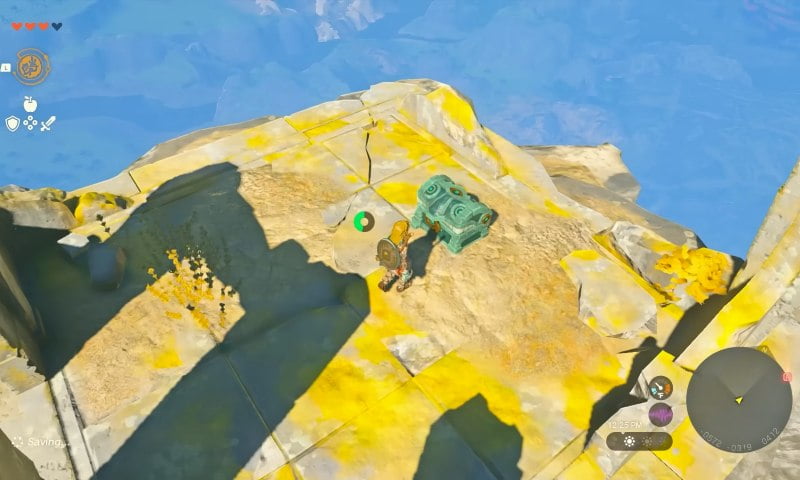
If you still want more, there’s plenty. There are innumerable caverns, reservoirs, and sky islands to be explored. You’ll need to use your wits and your fists to overcome their unique difficulties and puzzles, which might range from secret fairy ponds to massive hurdles. The discovery of an unknown cave, the struggle to pass its spaces filled with dangerous beasts, or unearthing a secret valuable item—nothing compares to the pleasure of these discoveries. The new Skyview Towers are more than simply eye candy. You could use them to soar through the air, scan the land below for shrines, and then make your way to nearby islands. Every type of difficulty is waiting for you to come up with a strategy to finish them.
The story of Zelda: Tears of the Kingdom kicks off with a bang and keeps getting better and better till you reach an insanely good finale. Remember how in the first game, we were all like, “Where the heck is Zelda?” This time, they’ve sorted it out, and the story seems like a proper sequel. Sure, the plot doesn’t totally break the mold of what we’ve come to expect from a Zelda game, but the twists and turns kept me hooked and always wondering what’s coming next.
Gameplay-wise, the structure is pretty much the same as we used to – combat is old fashioned, but with a fresh sprinkle of new Shrines that are a blast to solve and serve as your fast-travel points. And they’ve brought back good old Zelda dungeons with some makeover. They’re simpler now but still pack a punch in the puzzle department, and the bosses are really something to focus on. Those unexpected challenges are great for putting your newly acquired skills to put into practice.
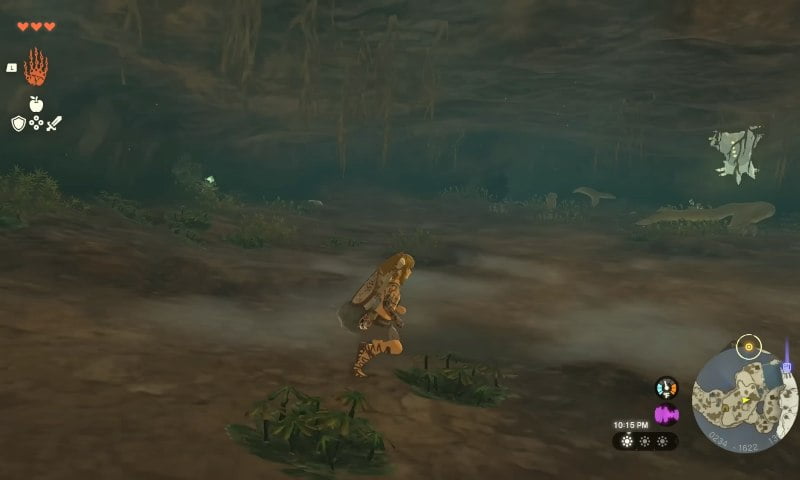
The sequels in the game are usually built slightly on the original. Maybe the graphics are a tad better, the gameplay is more juicy, some new features, and they carry the story forward. Yes, The Legends of Zelda: Tears of the Kingdom meets a lot of these criteria, but it also excels in other ways. Tossing out the old Runes and replacing them with fresh designs in an old-fashioned but updated setting is a stroke of pure brilliance. You’re forced to think differently about every puzzle, every battle, and every bit of exploration. I won’t lie, the thrill of discovering Hyrule wasn’t quite the same as the first time, but the game stirred up a bunch of new feelings in me, both from cracking the individual puzzles and getting to revisit one of my favorite known spots with a fresh perspective. Despite the adage, revisiting Hyrule with new equipment was a great adventure.

